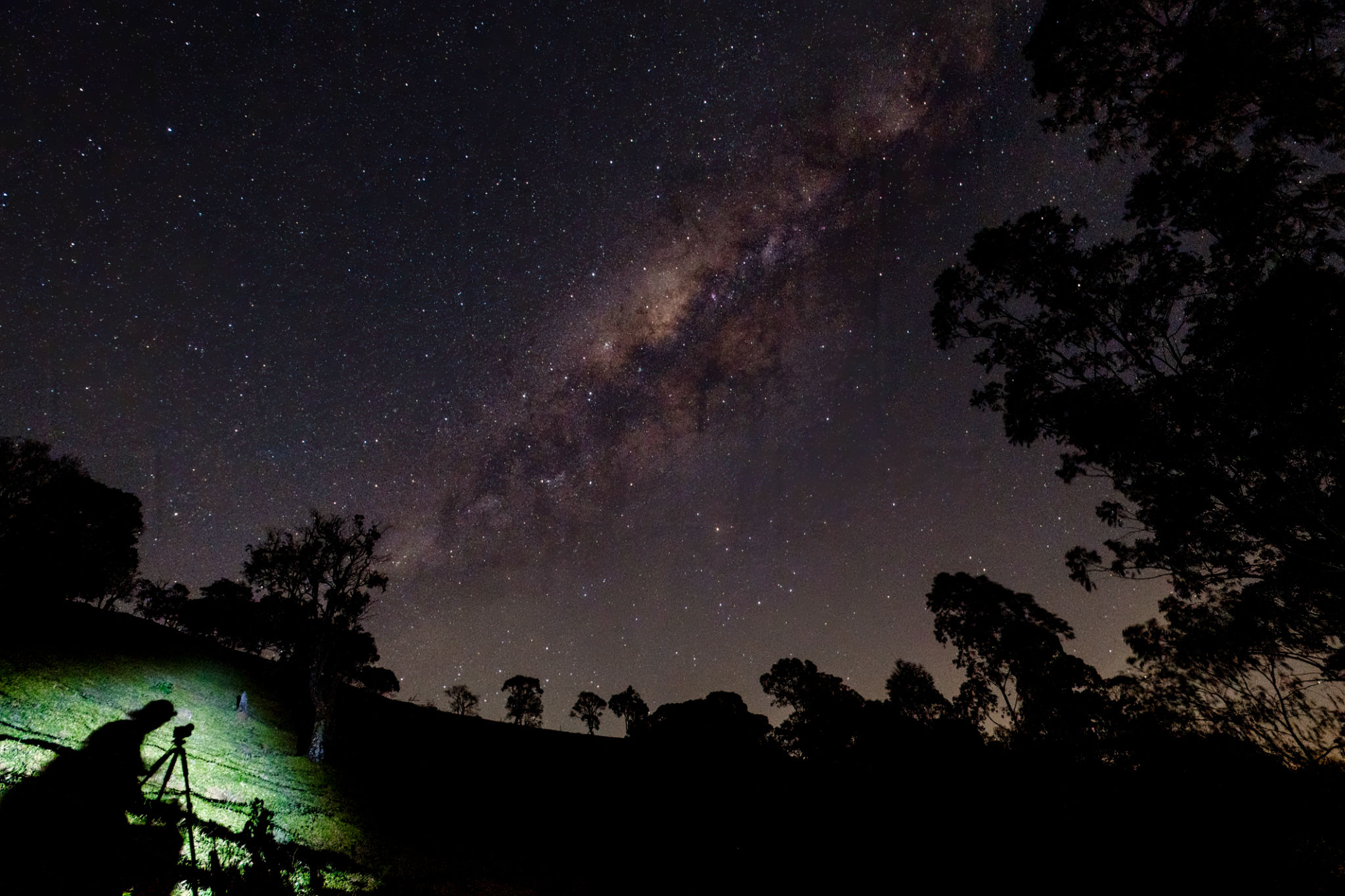Photography Myths Debunked: What Really Makes a Great Photo
Introduction to Photography Myths
Photography is an art form that has captivated people for generations. Yet, despite its long history, some pervasive myths still linger about what truly makes a great photo. These myths can hinder creativity and discourage budding photographers from pursuing their passion. In this blog post, we aim to debunk some of these common misconceptions and shed light on what really contributes to capturing stunning images.

Myth 1: You Need Expensive Gear
One of the most prevalent myths in photography is that you need expensive gear to take great photos. While high-end equipment can offer advanced features and better image quality, it is not a prerequisite for creating striking images. Many iconic photos have been taken with basic cameras or even smartphones. The key is to understand your equipment and use it to its fullest potential.
Instead of focusing on the price tag of your gear, concentrate on developing your skills. Learn about composition, lighting, and other fundamental aspects of photography. Often, it's the photographer's eye and creativity that make a photo memorable, not the equipment used.
Myth 2: Natural Talent is Essential
Another common myth is that to be a successful photographer, you need to have a natural talent for it. While having an innate eye for photography can be beneficial, it is not essential. Photography is a skill that can be learned and refined over time through practice and dedication.

Many accomplished photographers started with little to no experience but honed their craft by experimenting and learning from their mistakes. Today, there are countless resources available, from online tutorials to workshops, that can help you improve your skills regardless of your starting point.
Myth 3: Perfect Lighting is Necessary
It's easy to believe that perfect lighting conditions are necessary for a great photograph. However, some of the most compelling images come from working with challenging lighting situations. Overcast skies, harsh sunlight, or low-light environments can all offer unique opportunities for creativity.
- Embrace shadows and highlights to create contrast.
- Experiment with different times of day to capture diverse moods.
- Use artificial lighting or reflectors to manipulate the scene.

Understanding how to work with various lighting conditions can significantly enhance your photos and help develop your signature style.
Myth 4: Editing is Cheating
Some purists believe that editing a photo is akin to cheating. However, post-processing is a vital element of modern photography. Editing allows photographers to enhance their images by adjusting colors, contrast, and sharpness, or by cropping the image to improve composition.
The key is to use editing tools ethically and thoughtfully. The goal should be to enhance the photo while maintaining the authenticity of the scene. With practice, editing can become an extension of your creative process, helping you convey your vision more effectively.
Conclusion: What Truly Makes a Great Photo
In conclusion, a great photo is not defined by expensive gear or inherent talent; rather, it is the result of understanding your tools, practicing your craft, and embracing your creative instincts. By debunking these common myths, we hope to inspire photographers at all levels to explore their passion without the constraints of misconceptions.

Remember, photography is about capturing moments and telling stories through visuals. By focusing on the elements that truly matter—like composition, lighting, and emotion—you can create images that resonate with others and stand the test of time.